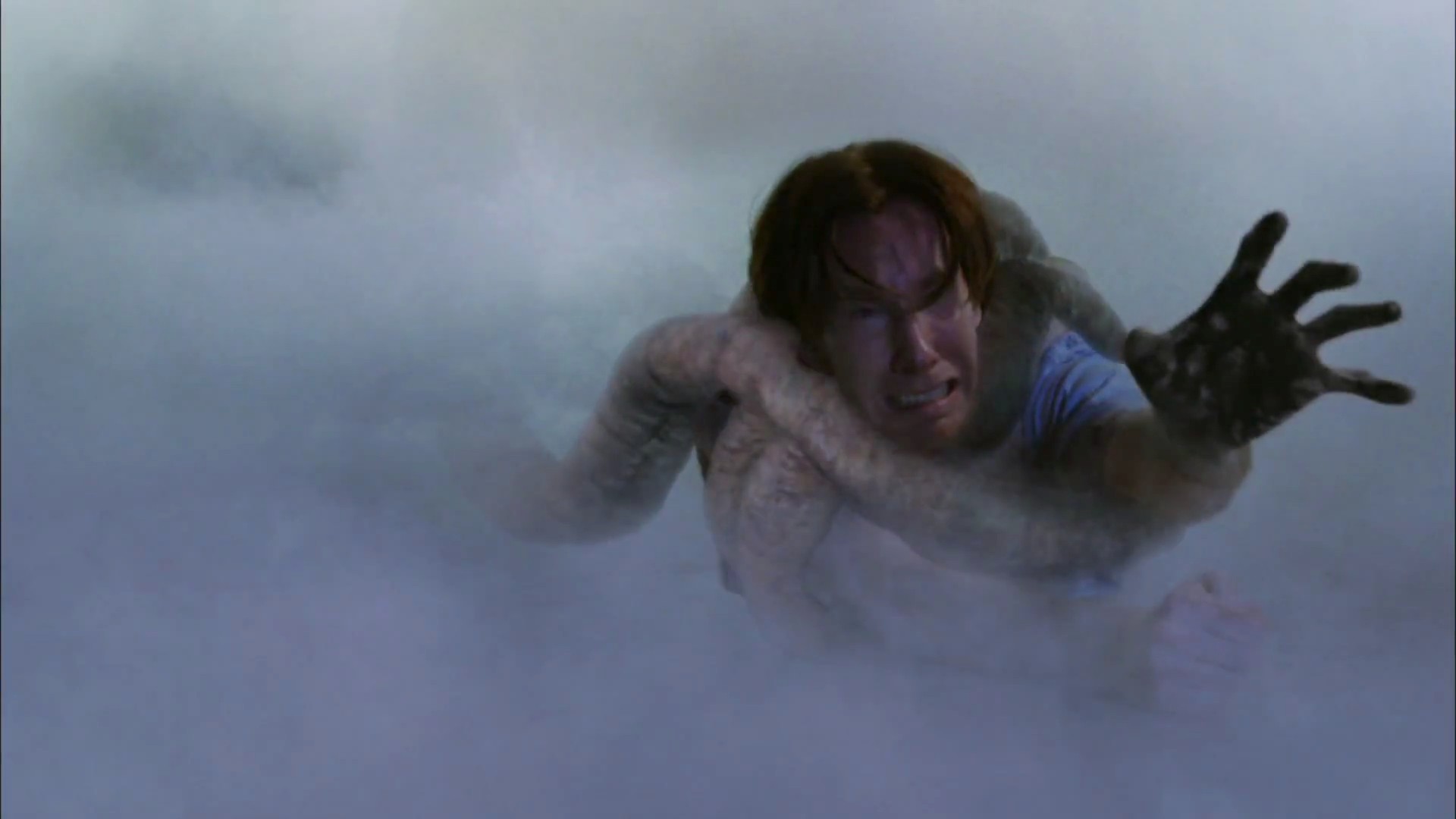Butt Boy
by Matt Weiner
A killer fixated on jamming people, animals and any other object not nailed down into his rectum. The grieving detective haunted by loss and obsessed with hunting him down. Every now and then a movie comes along that seems to exist as much as an inside dare as it does to mock the complaint that there’s no original IP anymore.
If the title wasn’t ample enough warning, Butt Boy is that kind of movie. And just about every demented minute of it is a heady joy to watch. Add this to the list of sentences I wasn’t really expecting to write before going into the Butt Boy movie, but beneath the high-concept plot and anal absurdity you’ll find a pretty decent send-up of a “tortured detective” action film.
Detective Russel Fox (Tyler Rice) gets assigned the case of a missing child, his main suspect seems to have made his victim disappear into thin air in a public, crowded place. That’s because mild-mannered IT drone Chip Gutchell (Tyler Cornack, who also co-wrote and directed) does have a way of making his victims – also remote controls, beloved family pets, you name it – vanish without a trace. Up his butt.
In focusing on Russel and a cop noir send-up, Cornack’s script ends up being more satirical than disturbing. If anything, it would’ve been an interesting experiment to see the movie fully embrace the horror of its conceit rather than leavening it with self-referential absurdity.
Or maybe not – Butt Boy is likely a hard enough sell. The cast all do a fine job helping to sell it with deadpan line deliveries. And Cornack pulls out all the stops for a conclusion that trades on all the detective noir clichés while still managing to be truly shocking.
There’s a cosmic irony that it’s been quite a year for delirious, genre-bending movies, including Joe Begos’s VFW, and Richard Stanley’s Color Out of Space. Now, we’re all stuck home for yet another uninhibited midnight movie that begs to be seen with a crowd of stoned fellow travelers who know this was made with love for people like them.
The fact that life had a different kind of horror planned shouldn’t keep you from the giddy escapism of Butt Boy, no matter how much smaller that ass will now loom on the home screen.












